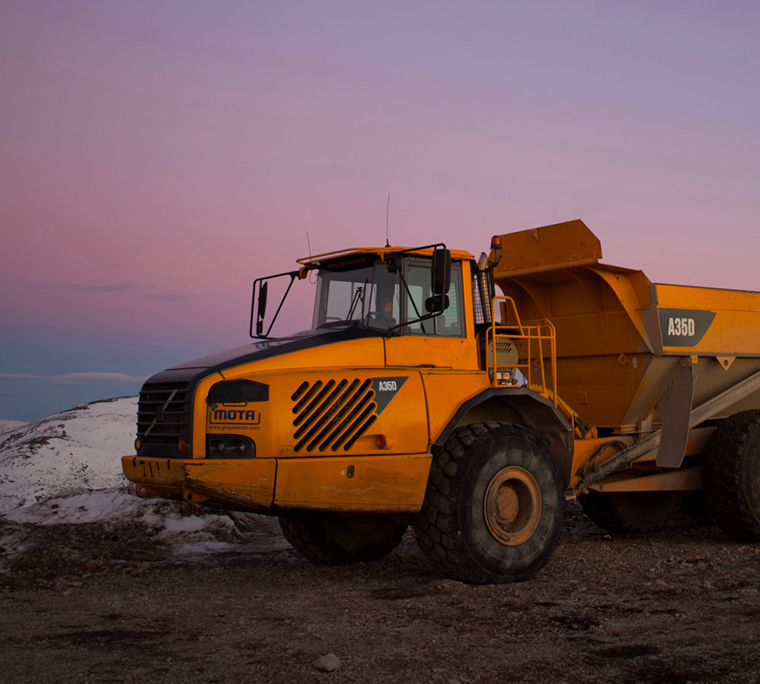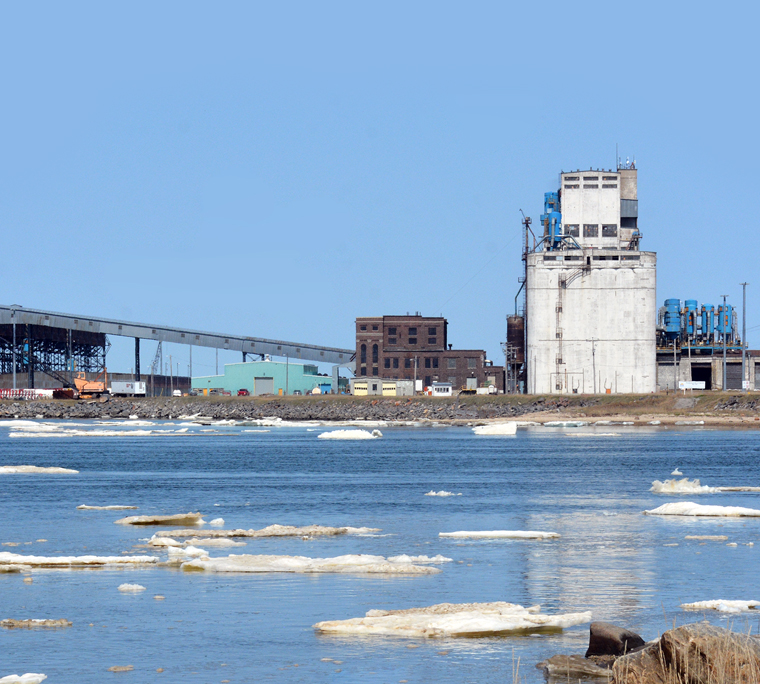
Technological Change in the North
How STEM Skills Can Help Indigenous Workers Adapt

Français • March 27, 2020
The economy in Northern Canada is changing. Sectors, such as mining, forestry, and tourism, can quickly expand or contract. Advancing technology is one factor driving those changes.
As technologies change, jobs and occupations evolve. Skills development must keep pace if workers are to seize future employment opportunities in the North.
On behalf of the Future Skills Centre, The Conference Board of Canada is exploring the impact of technological change in Northern economies. We want to understand what these changes mean for Indigenous skills development in science, technology, engineering, and mathematics (STEM) fields.

Technologies are changing labour markets
Some traditional sectors are volatile and have many occupations at risk of technological change. Workers with strong STEM skills have more options to move into new occupations.
Mining
- Mining is more volatile than many other sectors. In some regions, mining’s contribution to GDP is forecast to surge, while in others, such as northern Manitoba, its contribution is forecast to drop.
- The Canada Mining Innovation Council is looking at new technologies to reduce the environmental footprint of mining. Remote operation, automation, robotics, data analytics, and artificial intelligence are increasingly important.
- Production occupations are particularly vulnerable to automation, such as underground production and development miners, heavy equipment operators, and mine labourers.
- Indigenous workers in conventional production occupations are being affected by these changes.
But can Indigenous leaders find the STEM skills in their communities to take full advantage of these changes?
Forestry
- In the next decade, forestry and wood product manufacturing’s contribution to GDP in parts of northern Saskatchewan and Yukon is forecast to grow by more than 40 per cent.
- The forest industry is moving toward sustainable harvesting and ensuring forests continue to store carbon.
- Forestry sector jobs increasingly require technical knowledge and specialization. New forestry technologies depend on digital connections in the forest. Examples include automated harvesting and autonomous transport.
- Indigenous leaders are actively building new models of forest management.
But can Indigenous leaders find the STEM skills in their communities to take full advantage of these changes?
Northern Indigenous workers are doubly impacted
Indigenous workers are more likely to work in high-risk low-mobility (HRLM) occupations, which have a greater chance of being automated.
Indigenous people are also underrepresented in STEM studies. Only 4 per cent of Northern Indigenous learners have graduated in STEM subjects, compared to 9 per cent of non-Indigenous learners. So, it is no surprise that, currently, Indigenous people are under-represented in STEM-heavy occupations across the North.
Our research has looked at how organizations across Canada are supporting Indigenous learners in STEM through curriculum reform, culturally appropriate program delivery, and tailored recruitment initiatives.
While Indigenous people make up 19 per cent of the workforce across the North, they make up only 6 per cent of professionals in natural and applied sciences and 4 per cent of professionals in the health sciences (excluding nursing).
Which Northern regions are at the highest risk from technological disruption?
Workers in the northern regions of the provinces are more at risk of technological change and automation than workers in the territories.
The Conference Board’s Automation Vulnerability Index (AVI) measures occupational vulnerability and workforce resiliency. We calculated the AVI for each of the 19 economic regions across Canada’s North.

What is the AVI?
The AVI combines five factors that increase the risk of workers losing their jobs to automation.
These are:
- occupations that require one to three years retraining to transition to an occupation that is unlikely to be automated
- occupations that are growing slowly
- workers who are aged 55 years or older
- workers who only have a high school diploma or less
- the cost to retrain workers
AVI scores range from 0 to 1, with higher scores indicating greater vulnerability.
More vulnerable
Workers in the northern regions of Alberta, Saskatchewan, British Columbia, and Newfoundland and Labrador are more vulnerable to automation due to:
- a higher share of jobs at risk of automation
- older populations
- higher job transition costs
- a higher share of workers who lack post- secondary education
Less vulnerable
Workers in Yukon, Northwest Territories, and northern Quebec are less vulnerable to automation due to:
- a lower share of jobs at risk of automation
- younger populations
- lower job transition costs
This is not to say that regions rated less vulnerable do not have other difficulties.
The AVI analysis does not look at other socioeconomic and geographic challenges that create barriers to employment and skills development across the North. It focuses on disruptions caused by automation—particularly over the near term.
Automation vulnerability across Canada’s North
This map draws from a large database and may take a little while to load initially.
The tool is best viewed on a desktop computer.

Indigenous STEM workers are not reaping the benefits
In Northern regions with small labour markets and relatively large Indigenous populations, Indigenous workers can make up more than a quarter of the labour pool with STEM backgrounds.
However, compared with their non-Indigenous counterparts, these Indigenous STEM workers:
- are a third more likely to have education below a bachelor’s level
- have more than double the rate of unemployment
- earn only half to three-quarters the income
How can regional skills development systems keep up?
As different sectors of the Northern economy change and innovate, more job opportunities are expected to appear that demand STEM skills. To better understand how STEM skills development for Indigenous learners intersects with economic change in Northern regions, we plan to look at two contrasting scenarios:
- the growth of the forestry and wood products manufacturing in northern Saskatchewan
- the shrinking mining sector in northern Manitoba
If Northern Indigenous workers can get the skills that they need to take advantage of emerging job opportunities in local STEM fields, they have a greater chance of achieving individual prosperity and supporting their communities’ economic self-determination.
Stay in the loop.
Access our Future Skills Centre research projects here.
FSC partners




The responsibility for the findings and conclusions of this research rests entirely with The Conference Board of Canada.

